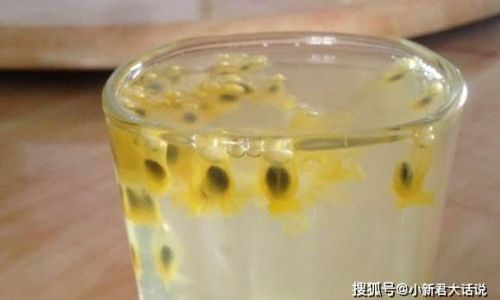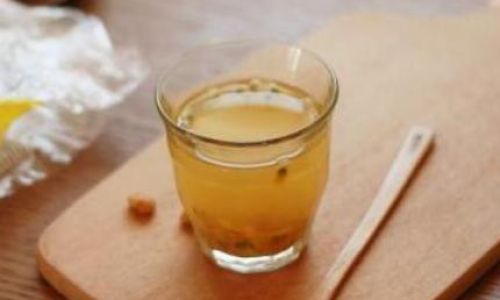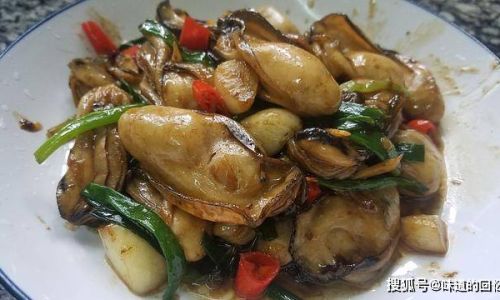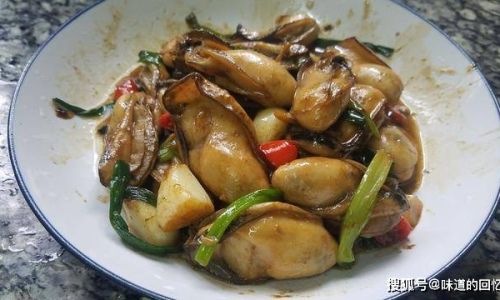Table of content
Passion fruit tea, a vibrant and aromatic beverage, has captured the hearts of tea enthusiasts worldwide with its unique blend of tangy sweetness and refreshing flavor. Whether you’re a seasoned tea connoisseur or a curious newcomer, mastering the art of brewing passion fruit tea can elevate your daily routine into a sensory delight. This comprehensive guide will walk you through everything you need to know to craft the perfect cup, from selecting the finest ingredients to troubleshooting common pitfalls. Let’s dive into the world of passion fruit tea and unlock its full potential.
What Is Passion Fruit Tea?
Passion fruit tea is a beverage made by infusing tea leaves (typically black, green, or herbal) with the juice, pulp, or dried rind of passion fruit (Passiflora edulis). Native to South America but now cultivated in tropical regions globally, passion fruit lends its distinctive tart-sweet flavor and tropical aroma to tea blends. The result is a drink that balances the earthy notes of tea with the bright, citrusy punch of passion fruit, often enhanced with sweeteners, herbs, or spices.
Why Passion Fruit Tea?
Beyond its delightful taste, passion fruit tea offers a range of benefits. Rich in vitamins A and C, antioxidants, and dietary fiber, passion fruit contributes to immune support, skin health, and digestion. When paired with tea, which contains antioxidants like polyphenols, the beverage becomes a soothing yet invigorating elixir that promotes hydration and well-being.

Ingredients and Tools You’ll Need
Before you begin, gather these essentials:
- Fresh or frozen passion fruit: Opt for ripe fruits with wrinkled skins for maximum sweetness.
- Tea leaves or bags: Black tea (e.g., Assam, Ceylon) provides robustness, while green tea (e.g., sencha, jasmine) offers a lighter profile. Herbal options like hibiscus or rooibos work well too.
- Water: Use filtered water to avoid impurities affecting the taste.
- Sweeteners (optional): Honey, agave, or sugar syrup complement the fruit’s tartness.
- Herbs and spices (optional): Mint, lemongrass, ginger, or cinnamon add complexity.
- Tools: A teapot or infuser, kettle, strainer, mug, and a spoon for stirring.
Step-by-Step Brewing Guide
Preparing the Passion Fruit
- Fresh fruit: Halve 2–3 passion fruits and scoop out the pulp and seeds into a bowl. Strain the juice to remove seeds if desired, or leave them in for texture.
- Frozen pulp: Thaw and use directly.
- Dried rind: Simmer 1–2 tablespoons of dried rind in water for 10 minutes to create a concentrate.
Brewing the Tea Base
- Black tea: Steep 1 teaspoon of loose leaves or 1 bag in 8 oz (240 ml) of near-boiling water (195–205°F/90–96°C) for 3–5 minutes.
- Green tea: Use slightly cooler water (175–185°F/80–85°C) and steep for 2–3 minutes to prevent bitterness.
- Herbal tea: Follow package instructions, typically steeping for 5–7 minutes in boiling water.
Pro Tip: Oversteeping can make tea bitter. Set a timer for precision.
Combining Tea and Passion Fruit
- Method 1 (Direct Infusion): Add passion fruit pulp or juice directly to the brewed tea. Stir gently.
- Method 2 (Cold Brew): For a smoother taste, combine tea leaves, passion fruit, and cold water in a pitcher. Refrigerate for 8–12 hours, then strain.
- Method 3 (Concentrate): Simmer passion fruit pulp with sugar and water to create a syrup. Mix 1–2 tablespoons into brewed tea.
Sweetening and Flavor Enhancements
- Add honey or sugar while the tea is warm to dissolve easily.
- For a tropical twist, toss in a slice of lime or a sprig of mint.
- Experiment with ginger juice or a splash of coconut water for depth.
Serving Suggestions
- Hot tea: Pour into a preheated mug and garnish with a passion fruit slice.
- Iced tea: Chill the brewed tea, then serve over ice with a lemon wedge.
- Sparkling version: Top with soda water and a dash of lime juice.
Advanced Techniques and Variations
Passion Fruit Iced Tea
- Brew double-strength tea (2 teaspoons per 8 oz water) to prevent dilution when iced.
- Mix with passion fruit juice, sweeten to taste, and pour over a glass filled with ice.
- Add a splash of pineapple juice or a splash of rum for a cocktail-inspired twist.
Passion Fruit and Hibiscus Blend
- Combine hibiscus tea (known for its tart, berry-like flavor) with passion fruit for a vibrant ruby-red brew.
- Steep 1 tablespoon of dried hibiscus flowers with 1 teaspoon of black tea. Add passion fruit juice post-steeping.
Layered Passion Fruit Tea
- Create a visual stunner by pouring cooled passion fruit tea over a layer of sweetened condensed milk in a glass. The dense milk will settle at the bottom, creating a gradient effect.
Passion Fruit Boba Tea
- Brew black tea and mix with passion fruit puree, simple syrup, and milk (dairy or non-dairy).
- Add cooked tapioca pearls and serve with a fat straw.
Troubleshooting Common Issues
Bitter Tea
- Cause: Oversteeping or high water temperature.
- Fix: Reduce steeping time by 1–2 minutes. For green tea, lower the water temperature.
Weak Flavor
- Cause: Insufficient passion fruit or tea leaves.
- Fix: Increase the amount of pulp or use 1.5 times the tea leaves.
Cloudy Appearance
- Cause: Using hard water or over-agitation during brewing.
- Fix: Use filtered water and stir gently.
Grainy Texture
- Cause: Undissolved sweetener or passion fruit seeds.
- Fix: Strain the tea before serving or use a fine-mesh sieve.
Storing Passion Fruit Tea
- Refrigeration: Brewed tea (without milk) lasts 3–4 days in an airtight container.
- Freezing: Pour into ice cube trays to preserve flavor for iced tea.
- Dry Mix: Combine dried passion fruit powder with tea leaves in an airtight jar for a shelf-stable blend.
Health and Safety Tips
- Allergies: Passion fruit is safe for most, but consult a doctor if you have latex allergies (cross-reactivity possible).
- Caffeine Sensitivity: Opt for decaffeinated tea or herbal blends.
- Sugar Content: Use natural sweeteners like stevia or monk fruit for a low-calorie option.
The Cultural Tapestry of Passion Fruit Tea
In Southeast Asia, passion fruit tea (known as li hing mui tea in some regions) is a street-food staple, often served with tapioca pearls. In Brazil, chá de maracujá is a beloved home remedy for anxiety, thanks to the fruit’s calming properties. Meanwhile, Australian cafes have embraced passion fruit as a star ingredient in iced teas and lattes. By brewing this tea, you’re not just making a drink—you’re connecting with a global tradition.

Conclusion
Passion fruit tea is more than a beverage; it’s a canvas for creativity. Whether you prefer it piping hot with honey, icy cold with a splash of soda, or layered with creamy milk, the key lies in balancing the fruit’s zing with the tea’s character. Experiment with blends, adjust sweetness to your liking, and don’t shy away from unconventional additions like chili flakes or basil. The beauty of passion fruit tea is that there’s no single “right” way to enjoy it—only your way.
So, grab your teapot, stock up on passion fruit, and embark on a flavor journey that tantalizes the taste buds and soothes the soul. Cheers to your next perfect cup!




0 comments